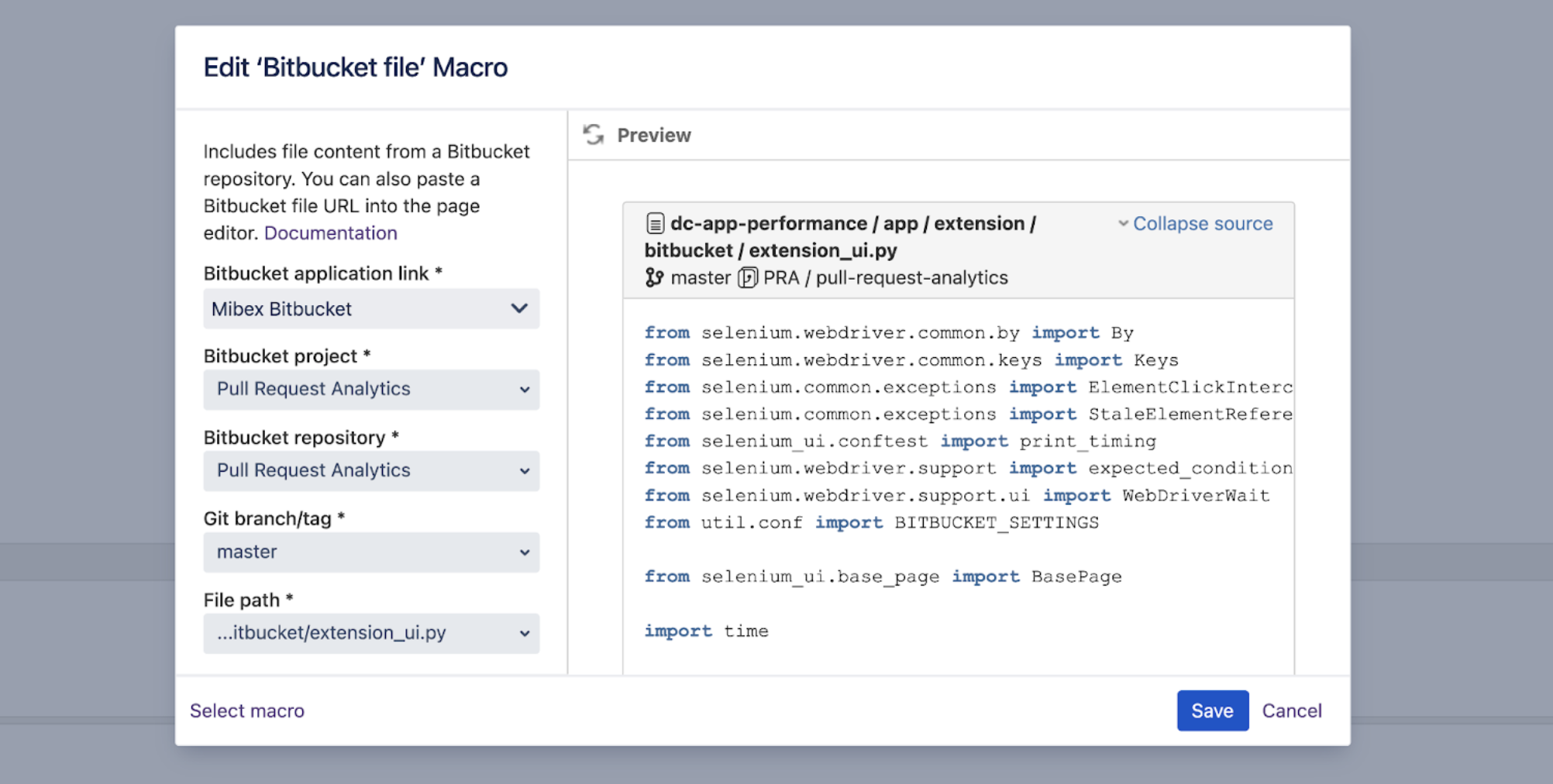July 26, 2021
 Regardless of the tooling you decide to go with, keep the following principles in mind.
Regardless of the tooling you decide to go with, keep the following principles in mind.
- Consider your chat communication tools not as a simple chat only, rather think of it as evolving knowledge base, so make your communications transparent and trackable.
- Try to establish a transparent and searchable communication chain. If you document something in your code, it shouldn't be duplicated in your documentation again.
- Add notifications where you have to, but don't overuse them as they may be ignored if there are too many.
- Before you just buy, make a list of the information you expect to get from your workflow. Don't forget to consider different and forward thinking views. Your team mates are the stakeholders!
Jira
For project management and collaboration, one of the most popular solutions is Jira. The popularity of Jira largely stems from the customizability of the tool. While the customizations require some training to learn, it becomes extremely powerful in the hands of an expert. Our Jira tips:- Get used to Jira's shortcuts to navigate faster with Jira Cloud keyboard shortcuts.
- There is the possibility to have a backlog together with Kanban, called Kanplan. It’s a mixed methodology for practicing agile software development, and it combines features from both Scrum and Kanban. It is perfect for teams who want the ability to backlog groom, but don’t want to work in sprints.
Slack
Certainly not exclusive to DevOps, Slack makes for an easy-to-use communication tool almost anyone can figure out within moments of downloading it. Slowly, Slack is taking over communication throughout the software industry due to its simple UI, robust set of features, and ease of use. You can also integrate Slack and Jira to maintain a single record of conversations and collaboration throughout an entire project. Our Slack tips:- Write a new topic in the appropriate channel and only use #general as an exception to make it easier for other team members to only follow what they are interested.
- Nearly always answer in a thread. So that the people skip over conversations they don't care about. It also keeps the 'context' of conversation together.
- Avoid direct messages as much as possible, so that other team members can follow discussions if they are interested.
Confluence
Users can display a variety of content types thanks to Confluence's rich text editor, and an array of accepted attachment file types. Confluence has also been designed to prevent duplicates, and display only the latest information.
While Confluence can be tailored to any type of need, a number of use cases have been documented below, such as using Confluence as a knowledge base or intranet.
- For example, users can create roadmaps, create notes containing checklists, create blog posts and centralize content in one place.
- It's easy to organize content using templates for a unified user experience, labels for content management, and create spaces for different types of documentation.
- Users can also be provided with personal spaces, where they can create personal documentation and pages, view their tasks, and view pages they’ve saved for later.
Our Confluence tip:
You can integrate files from your Bitbucket Data Center or Cloud repositories into a Confluence page
without copy&paste and have the content in sync, and improve your technical documentation by leveraging existing information in Bitbucket. Additionally, included Bitbucket files get indexed and are searchable within Confluence.
 Include Bitbucket for Confluence app
Include Bitbucket for Confluence app